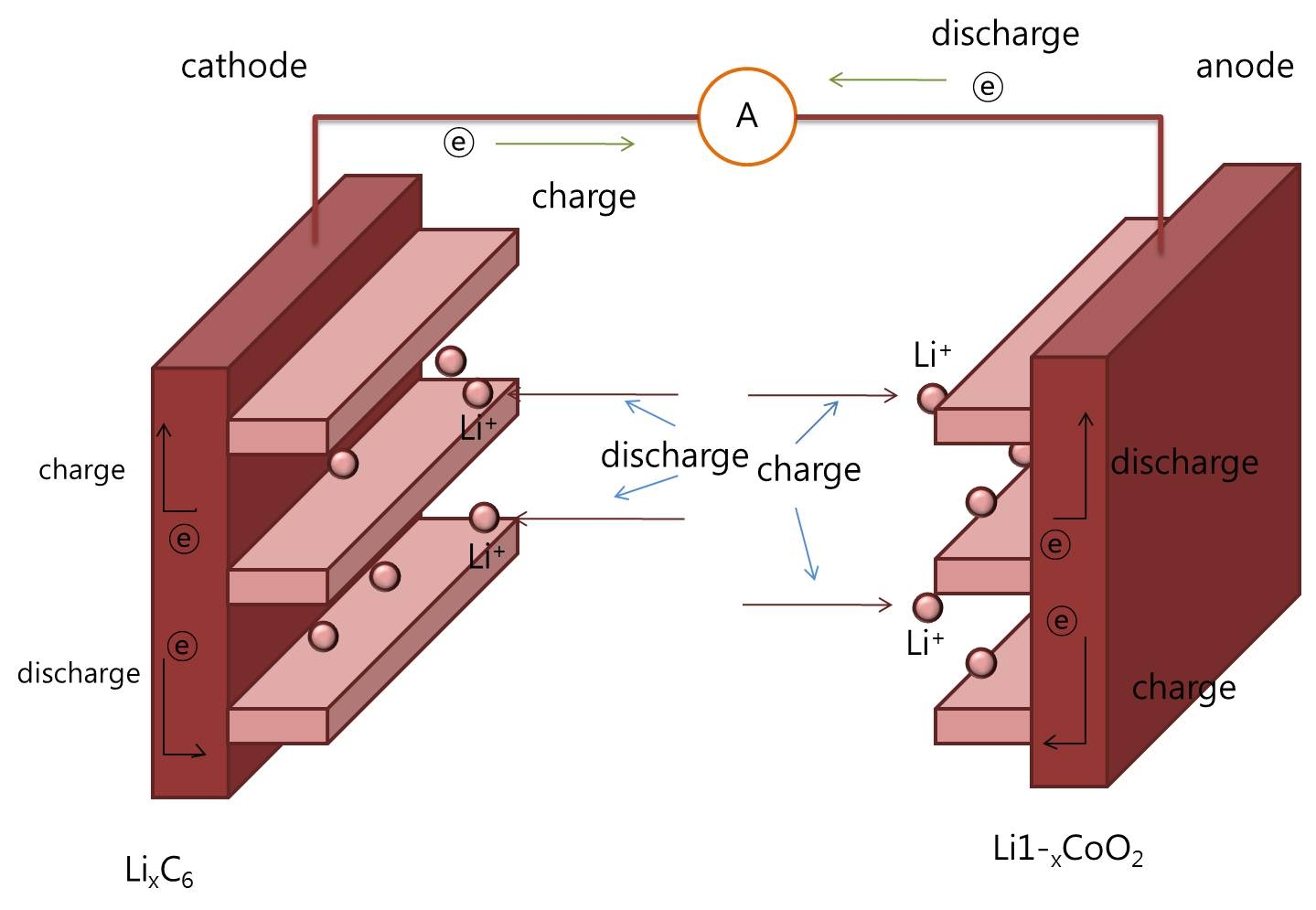Secondary batteries are the rechargeable batteries. They have the advantage of being more cost-efficient over the long term, although individual batteries are more expensive. Lithium ion batteries primarily owe their higher energy density to higher operation voltage (3.6 V) compared to the other aqueous rechargeable battery systems (1.2-2.0 V). In addition to the portable applications, lithium ion batteries also draw a lot of attention for their potential use in larger applications such as hybrid electric vehicles (HEV).
Our group is engaged in developing low-cost, high-energy, high power cathode materials and nanostructured anode materials for lithium ion batteries. Our research is focused on novel synthesis approaches for electrode materials with an aim to lower the manufacturing cost and enhance the performance and elucidating a basic understanding of their structure-property-performance relationships.

